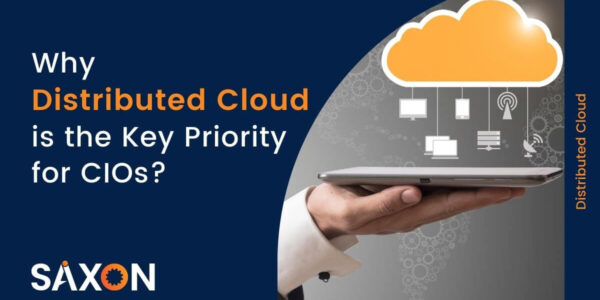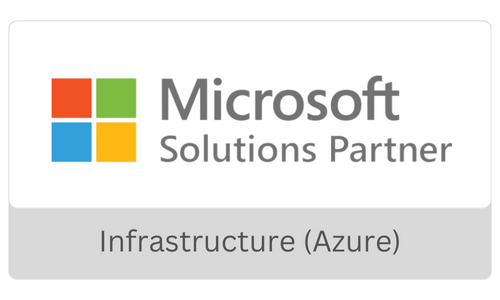Losing the data in the current technology-driven market means losing business and money. It is not about the data loss, but the downtime also incurs a massive loss to the enterprises. Enterprises lose tens of thousands of dollars due to downtime and data loss. Here comes the disaster recovery strategy to ensure that your business keeps on running without any data loss. How you respond to the disaster determines how successful your enterprises will be.
The objective of Cloud disaster recovery
Disaster recovery is placed by the cloud providers to protect the business assets in the time of disaster. It is an essential element for business continuity. The cloud providers ensure the adequate backup facilities are placed to combat the disaster situations.
There are two critical things to consider while developing a cloud disaster recovery strategy:
RTO (Recovery Time Objective): This one is about how quickly your business can recover from the disaster. It is the amount of time taken to make your business fully operational again.
RPO (Recovery Point Objective): How much of business assets and data you can afford to lose during the recovery process. RPO helps in determines how often you take backups of the data.
How can disaster happen in the cloud?
You might have moved all your data to the cloud or in the middle of migrating it. It is vital to understand how disasters happen in the cloud so that you can recover fast.
Malware and Ransomware attacks – Hackers around the globe are making efforts to hack online infrastructure.
Equipment failure – In the case of technical infrastructure failure, you should have a contingency plan to recover business assets
Natural disasters – Natural disasters cannot be controlled, but we can be prepared to limit their impact.
Best practices for disaster recovery
Best practices for disaster recovery include company objectives and technical capabilities. Moreover, RTO and RPO will be other factors to be considered
- You need to perform due diligence
- Select the appropriate disaster recovery method:
- Backup and Restore: It is a straightforward and cost-effective e method that allows enterprises to use managed solutions to back up the assets and restore as and when required. Because your data is not on standby, recovery could be time-consuming.
- Pilot Light: Pilot light emphasizes keeping the critical applications and data secure and quickly retrieved.
- Warm Standby: This method stores a duplicate version of all your business assets, particularly essential elements on standby, which means you can retrieve it immediately with little downtime and almost seamless transition. It replicates the core elements of the infrastructure.
- Multi-Site Solution: It is also known as a Hot Standby method. This method replicates all your business data/applications between two or more locations and divide the usage between all the locations. Thus, whenever the disaster happens, everything will be rerouted to the unaffected location, resultantly zero downtime. However, it will be an expensive option because you are simultaneously running your assets in two separate locations.
- Keep in mind that storing your business assets in different availability zones or regions will be useless if that region goes down.
- Keep your strategy updated with the latest trends
- Cloud disaster recovery strategy with automation enables you to schedule auto backups.
- Test and update your disaster recovery plan regularly.
- Make sure you are connected with the right cloud service provider.
















